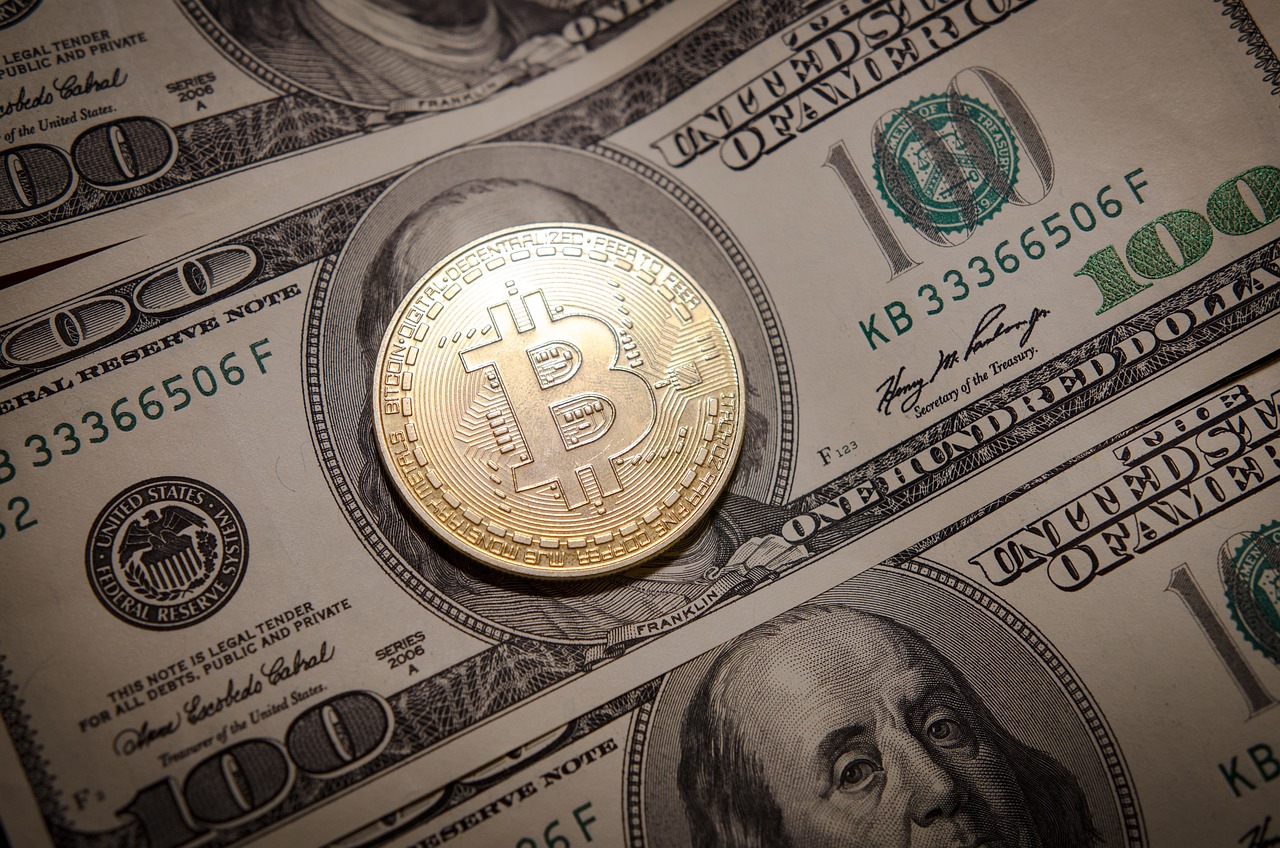Introduction
“It’s just a bubble!” “No, it’s the future of money!” Few topics spark debates as fiery as cryptocurrency. So, which is it? Is Bitcoin the digital tulip mania of the 21st century, or is Ethereum paving the way for a decentralized utopia? Let’s separate fact from fiction.
Myth 1: Cryptocurrency Has No Real Value
The Claim:
Critics argue that cryptocurrencies are just lines of code with no intrinsic value.
The Reality:
Value is subjective. Fiat money, like the U.S. dollar, isn’t backed by gold anymore—it’s based on trust. Similarly, crypto derives its value from:
- Utility: Smart contracts (Ethereum), decentralized finance (DeFi).
- Scarcity: Bitcoin’s cap of 21 million coins mimics gold’s limited supply.
- Community Trust: Adoption and usage drive demand.
Myth 2: Cryptocurrency Is Just a Bubble
The Claim:
The rapid rise in prices mirrors historical bubbles like the dot-com crash or the 2008 housing market collapse.
The Reality:
While some projects are overhyped, crypto as a whole represents technological innovation.
- Boom and Bust Cycles: Crypto has weathered multiple “bubbles” and emerged stronger.
- Real-World Use Cases: Cross-border payments (Ripple), decentralized apps (Solana), and supply chain transparency (VeChain) prove its staying power.
Myth 3: Crypto Is Only for Criminals
The Claim:
The anonymity of crypto makes it a haven for illegal activities.
The Reality:
Early adoption by bad actors gave crypto a bad rap, but transparency is improving:
- Blockchain Is Traceable: Transactions on public blockchains are visible to anyone.
- Institutional Adoption: Major banks and governments are exploring blockchain technology.
- Illegal Activity Declining: A Chainalysis report revealed illicit activity now accounts for less than 1% of all crypto transactions.
Myth 4: The Government Will Kill Crypto
The Claim:
Regulations will crush crypto, rendering it obsolete.
The Reality:
Governments worldwide are indeed regulating crypto, but this doesn’t mean a death sentence.
- Positive Regulations: Frameworks like the EU’s MiCA (Markets in Crypto-Assets) aim to protect consumers without stifling innovation.
- Global Adoption: Countries like El Salvador have even adopted Bitcoin as legal tender.
Myth 5: You’re Too Late to Invest in Crypto
The Claim:
Bitcoin already hit $60,000 once; the ship has sailed.
The Reality:
The crypto market is still in its infancy compared to traditional markets.
- New Projects: Innovative tokens like Polkadot and Avalanche are still gaining traction.
- Long-Term Potential: Blockchain technology is reshaping industries from healthcare to gaming.
Risks to Consider
- Volatility: Prices can swing wildly in a single day.
- Scams: Rug pulls and phishing schemes are common.
- Lack of Regulation: Some projects operate in a legal gray area.
Conclusion
Cryptocurrency isn’t just a passing trend—it’s a transformative technology with real-world applications. While the market has its risks, calling it a mere bubble ignores its potential to revolutionize finance, governance, and beyond. So, is crypto the future? That depends on how willing you are to embrace it.




Leave a Reply